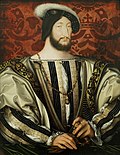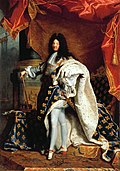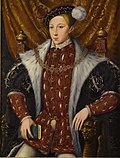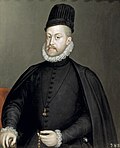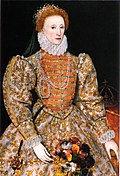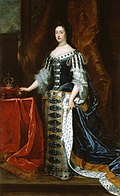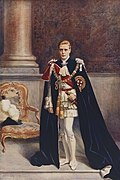| Monarchy of Canada |
|---|
 |
| This article is part of a series |
 |
|---|
Listed here are the monarchs who reigned over Canada, starting with the French colony of Canada, which subsequently became a British colony, followed by the British Dominion of Canada, and, finally, the present-day sovereign state of Canada. [11] The date of the first claim by a monarch over Canada varies, with most sources giving the year as 1497, when John Cabot made landfall somewhere on the North American coast (likely either modern-day Newfoundland or Nova Scotia) and claimed the land for England on behalf of King Henry VII. [20] However, some sources, instead, put this date at 1535, when the word Canada was first used to refer to the French colony of Canada, [21] which was founded in the name of King Francis I. [22] [23] Monarchical governance subsequently evolved under a continuous succession of French, British, and eventually uniquely Canadian sovereigns. [28] Since the first claim by Henry VII, [29] there have been 33 sovereigns of Canada, including two sets of co-sovereigns. [37]
Contents
- Sovereigns of Canada
- The French Crown (1534–1763)
- The English and British Crowns (1497–1931)
- The Canadian Crown (1931–present)
- Consorts
- Timeline of monarchs
- See also
- Notes
- References
- External links
While Canada became a Dominion within the British Empire upon Confederation in 1867, [38] [39] [40] [41] the concept of a fully independent Canada sharing the person of the sovereign with the United Kingdom and other countries, such as Australia and New Zealand, only emerged gradually over time through constitutional convention, [42] and was officially confirmed with the passage of the Statute of Westminster in 1931. [43] Since then, [31] the Canadian Crown has been legally distinct from those of the other Commonwealth realms, with its own separate and distinct monarch. [N 1] Although the term king of Canada was used as early as the beginning of the reign of George VI, [45] it was not until 1953 that the monarch's title was made official, with Elizabeth II being the first monarch to be separately proclaimed as Queen of Canada, as per the Royal Style and Titles Act.
